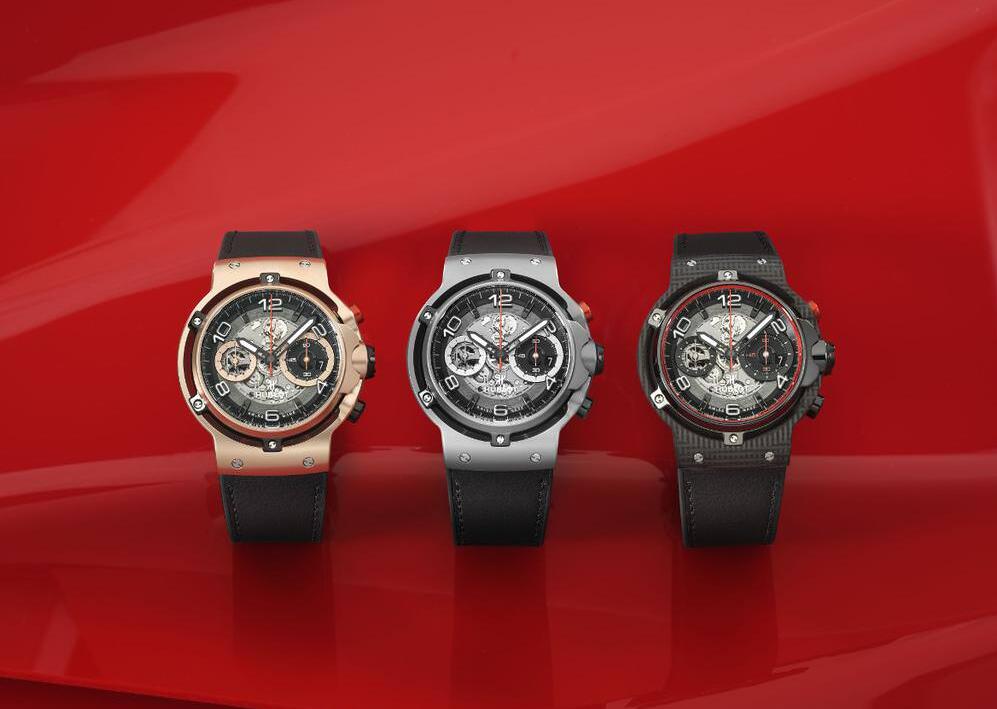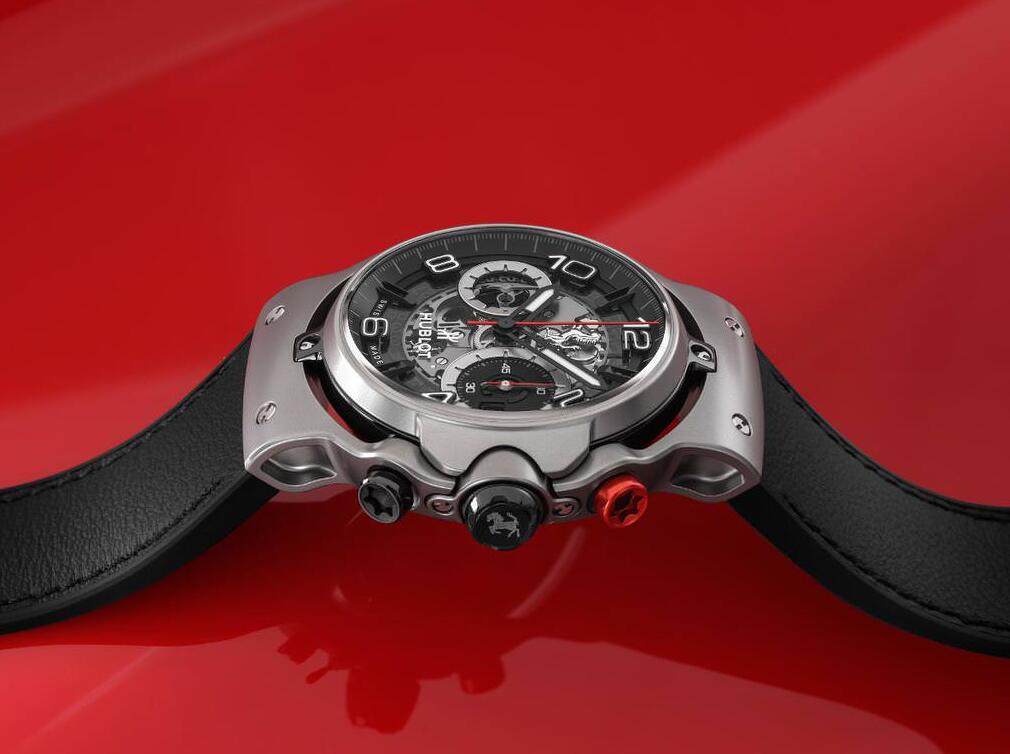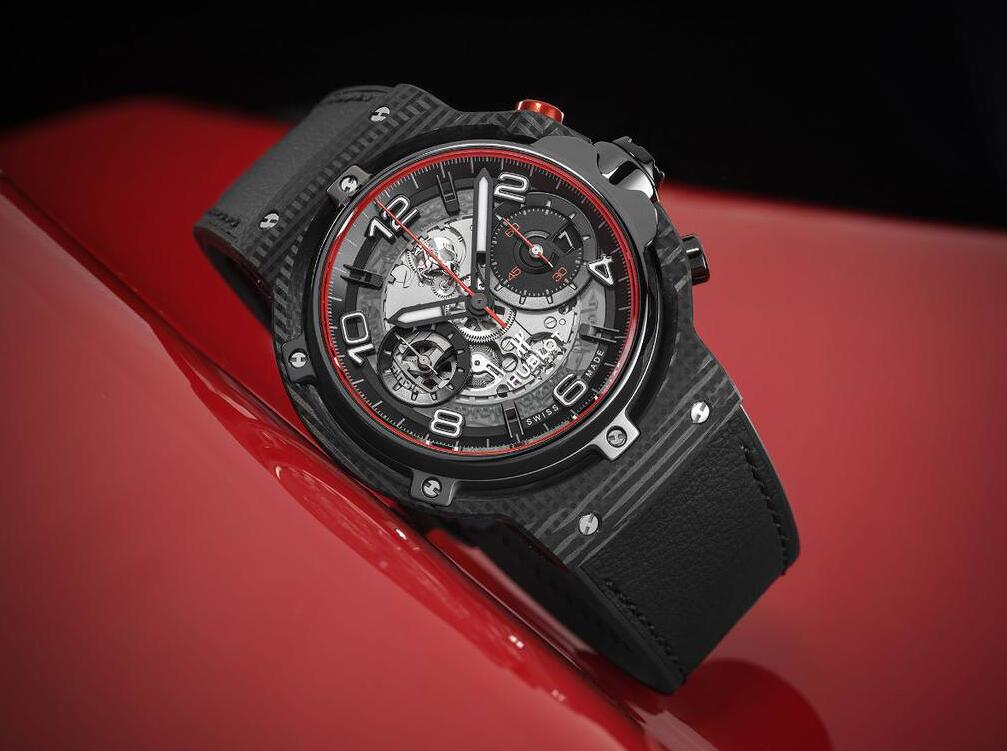In recent years, Scuderia Ferrari has changed management, track technicians and engineers, but a Hublot Replica watch appeared and still appears on their wrist during the live broadcast of the Formula 1 Grand Prix. Even the late Sergio Marchionne, when he was present on the race circuits, often wore a Hublot Big Bang. Contractual duty, one could argue, but wearing a complicated one from the Nyon brand on the wrist is a pleasure for mechanical enthusiasts.
Hublot and Ferrari like Pininfarina and Ferrari, but with reversed roles.
The marketing operations, which some brands still offer in Formula 1, have had their day; inserting a logo and changing a few colors no longer works, and hardly makes that product more attractive. It’s an outdated type of operation.

The integration of the Style Center within the organizational structure is a strategy that not only concerns Ferrari, but also Aston Martin, Lamborghini, and many others, and has marked the end of companies such as Pininfarina, Bertone, Italdesign, a scenario in which some small historical reality still resists (Zagato).
Hublot Classic Fusion Ferrari GT: the Big Bang of the future?
As far as I’m concerned, Hublot needed a shock, especially a stylistic one, and a product that spoke better than its predecessors, in particular the Big Bang, the synergy between Switzerland and Maranello, going beyond the concept of a watch created by superimposing layers, which made the fortune of the brand.

The layered architecture is thus transformed into an almost unique structure, with a central core suspended and connected to a one-piece frame through the classic Hublot H-screws. The lugs are integrated and elongated to form the first part of the bracelet.
This structure has many elements in common with the first Hublots, those of the beginning and of the pre-LVMH era. The brand took advantage of this to simplify the lines of a watch which, precisely in the Big Bang variations, reached a sometimes excessive level of aesthetic complication; I therefore doubt that this is an isolated experiment.

Talking about “bodywork” is not so far from reality: the lines are sinuous, there is continuity, interrupted by the chrono buttons that are inspired by Allen screws. And the handles carved into the sides recall the castings of an engine block.
The dial is undoubtedly a reference to the dashboard counters of the Maranello GTs: in the font for example, and in the two chrono registers which recall the separate counters even if Ferrari, especially with the latest addition, the SF90 Stradale, has definitively embraced the technology of the fully digital dashboard.

It is the King Gold version of the Classic Fusion Ferrari GT that best highlights the contrast between the case (45mm wide), the two-counter layout and the Unico caliber visible through a sapphire crystal that allows you to see the column wheel in action when you activate the red chronograph button.
Hublot presented three versions of the Classic Fusion Ferrari GT in Basel: one in titanium, one in King Gold and one in 3D carbon fiber composite for a total production of 2000 examples (1000 for the titanium version and 500 for the other two) all equipped with the same Unico HUB1280 caliber with Flyback function and three days of maximum power reserve.
